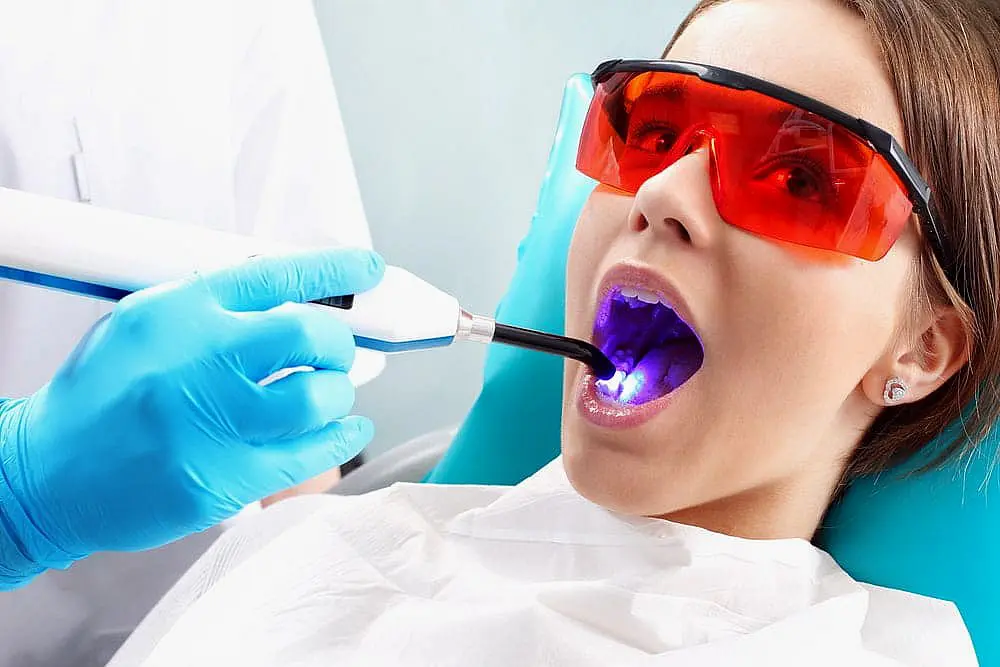Braces vs Invisalign: Which is Best?
The choice between Braces vs Invisalign (made by Align Technology) for fixing crooked teeth can feel confusing anywhere, including St. Augustine, FL. It all starts with selecting the best orthodontist in St. Augustine. Both options have their pros and cons, and orthodontics at Happy Smiles Orthodontics in St. Augustine is no different—the choice depends on personal factors, such as dental needs and lifestyle preferences. So, which is better—Invisalign vs Braces?
While traditional metal braces or ceramic braces are often recommended by Dr. Mark Komforti for more advanced dental issues, Invisalign and Invisalign Teen have rapidly become popular thanks to their advanced technology and flexibility for enhancing your smile. Let’s explore the effectiveness of these options, helping you make a confident decision on not only which treatment but also the right orthodontic office for your dental care needs.

Factors Influencing Effectiveness of Braces vs Invisalign

Complexity of the Dental Case
Dental care varies based on the complexity of the case. Certain approaches provide greater precision, making them suitable for addressing more detailed dental issues.
Some procedures need regular commitment and strict compliance. Factors like a patient’s routine or habits can play a role in determining the most effective treatment plan.
In cases where habits are less consistent, alternative options might deliver more dependable results by reducing the need for constant patient involvement.

Investment and Oral Hygiene
Orthodontic treatment is an important investment. While certain options simplify oral hygiene and make it easier to maintain healthy teeth, others demand close care and attention.
Specific methods work to minimize bacteria, promoting stronger teeth, healthier gums, and improved long-term oral health.
However, some treatments require meticulous cleaning. Inadequate care can cause plaque to accumulate, emphasizing the importance of routine cleanings for overall oral well-being.
Orthodontic Treatment Effectiveness in Different Age Groups
Discover the differences in orthodontic treatment for children and adults, highlighting growth factors, lifestyle considerations, and tailored solutions for each group.

Early Orthodontic Treatment in Children
Beginning orthodontic care at an early stage aids in guiding jaw development and ensuring proper tooth alignment during growth. Traditional braces offer a reliable and efficient solution for younger patients, tackling intricate problems with accuracy while minimizing worries about aesthetics.
Adult Orthodontics: Invisalign versus Braces
Adults typically decide between removable and fixed treatments depending on their lifestyle needs. Removable options provide flexibility and a discreet appearance, whereas fixed solutions are ideal for those with less consistent habits. The choice ultimately depends on the complexity of the case and individual priorities.
Real-world Applications: Invisalign or Braces?
Debunking Myths Around Braces and Invisalign
Clearing up common misconceptions helps patients make informed decisions about braces and clear aligner treatments.
Myths about Braces
There’s a common belief that braces are just for kids or teens, but that’s not true. Braces are for all ages and are a great way to resolve orthodontic issues—even for adults who’ve had long-standing alignment concerns.
Myths about Clear Aligner Therapy
Clear aligners are always more expensive than braces, but this isn’t always the case. They’re capable of addressing a wide variety of problems. While they aren’t always the best for severe cases, they’re incredibly effective with consistent use and appropriate planning tailored to the patient’s orthodontic needs.

Can Extraction Cases be Treated with Clear Aligners
Clear aligners can address issues involving tooth extractions as long as the patient follows the treatment plan properly. However, inconsistent use may lead to slower progress or less optimal results. In cases like these, braces or other alternatives may be better suited, depending on your specific dental circumstances and goals.
Mechanical Advantages and Disadvantages in Orthodontic Treatments
Fixed orthodontic appliances (like metal braces or ceramic braces) excel at making complex adjustments, such as bite correction or repositioning the jaw. They provide precise control during the entire treatment process. On the other hand, removable options like clear aligners streamline certain tasks, such as aligning teeth while closing gaps. However, their effectiveness greatly depends on the patient’s discipline and adherence to wearing them as directed. Ultimately, the choice will be based on the complexity of the case and the patient’s dedication to sticking to the treatment plan.
